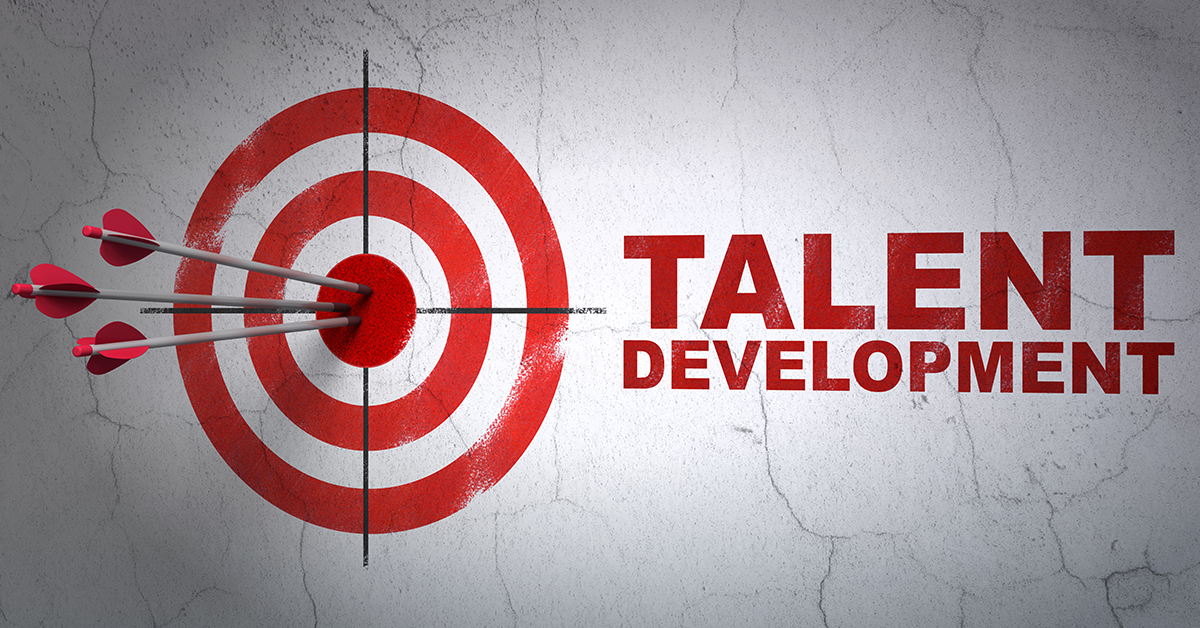
13 Apr Talent Development: How to Develop Your Team
Part Three in a Series
According to the Society for Human Resource Management (SHRM), about 52% of employers in the United States have trouble filling critical roles. Yet more than one in four workers leave for another company each year. Replacing talent can cost double the annual salary for the position.
The numbers are even more dire in behavioral healthcare. In a survey conducted in 2018, fully 60% of treatment professionals stated that their departments were understaffed, primarily due to employee turnover. This can have a real impact on patients, with Frontiers in Psychology noting in 2016 that both staff consistency and staff density affect patient outcomes.
A stunning 77% of employees who leave could have been retained, and a lack of structured onboarding is a key factor in the decision of 58% of new hires to leave. Onboarding should last long past the first day, and should naturally segue into ongoing talent development. Developing employees is your best defense against not only turnover, but also absenteeism. It boosts morale and improves performance. Yet many behavioral health facilities either do not prioritize onboarding or don’t understand what they need to do. Here are some tips.
Most Common (and Ineffective!) Onboarding Strategy
Most facilities employ the “fly by the seat of your pants” strategy. That is, they don’t plan ahead at all for a new employee, beyond printing out a stack of forms that have to be signed. They might have a desk cleared and show the employee where the bathroom is, maybe make a few introductions, but most of the first day is a bit chaotic and unstructured. After that, the employee is generally given some projects and left largely to figure things out alone.
More Effective Onboarding Strategy
It’s easy to see that the strategy above can leave a new employee feeling overwhelmed and abandoned. Here’s a far more effective onboarding strategy:
Plan Ahead
- Establish a formalized schedule for the employee’s first week
- Create a playbook – a written guide to that first week; includes policies, and resources they need to be successful in their role and as a member of your team
- Write a detailed job description – provide a copy of it to the person and make time to review it with them to ensure clarity and comprehension
- Develop a “pathways to success” document, which details goals and priorities for the first 30, 60, and 90 days
Day One and Beyond
Starting on Day One, follow the 70-20-10 model: According to learning theory, 70% of learning comes from experiences, 20% from interacting with others, and only 10% from structured “formal learning” lessons. Successful onboarding starts with a successful first day, so make sure everyone is ready for the new hire. Provide a tour of the office, make introductions, and don’t forget to include your new employee on the office lunch order! Here are some additional tips:
- Assign a mentor and a peer “navigation” buddy: The mentor should be someone in a higher position than the new hire who can help him or her navigate career pathways, while the peer “navigation” buddy should be someone at the same level who has been around for awhile and can help the new employee settle into the office routines.
- Provide regular and frequent feedback: Have an informal one on one chat before the end of Day One and then on an ongoing weekly basis. More formal progress checks, with written documentation, should occur monthly.
[BONUS: Download our FREE Guidelines and Resources for Mentors and Proteges here.]
Ongoing Talent Development
No matter how long an employee has been with you, talent development should always continue. For your seasoned staff members, the goal should be customized individual development plans, or IDPs, based on individual needs and desires.
- Collaborate with the employee: Each IDP should be a collaborative effort.
- Ensure alignment: Besides the employee’s needs, the IDP should also align with the written job description and pathways to success, as well as your budget and the needs and objectives of your facility.
- Assign a career development mentor: Your longer tenured employees may not have been assigned a mentor as part of their onboarding, so now is the time to assign someone to help guide their careers.
- Provide regular feedback: After the first 90 days, most employees are ready to move to a schedule that provides informal one on one feedback each month, and formal written progress checks every quarter.
Every behavioral healthcare facility is different, and it’s important to tailor your talent development program to fit your specific organization. In general, though, planning ahead, following the 70-20-10 model of learning, and making sure you continue to develop employees throughout their careers will go a long way to helping you attract and retain top talent.
Want to learn more? Read Part One of this series, “How to Attract and Hire Top Notch Talent” and Part Two of this series, “Employee Retention in Behavioral Healthcare”.
Mary Ellen Harris has a PhD in Leadership and a Master’s degree in Instructional Design / Organizational Design. She has 30 years of professional experience in Human Resources and Business Leadership and is regarded as an expert in talent acquisition, employee relations, talent development, talent retention, change management, and company culture enhancement.



Sorry, the comment form is closed at this time.